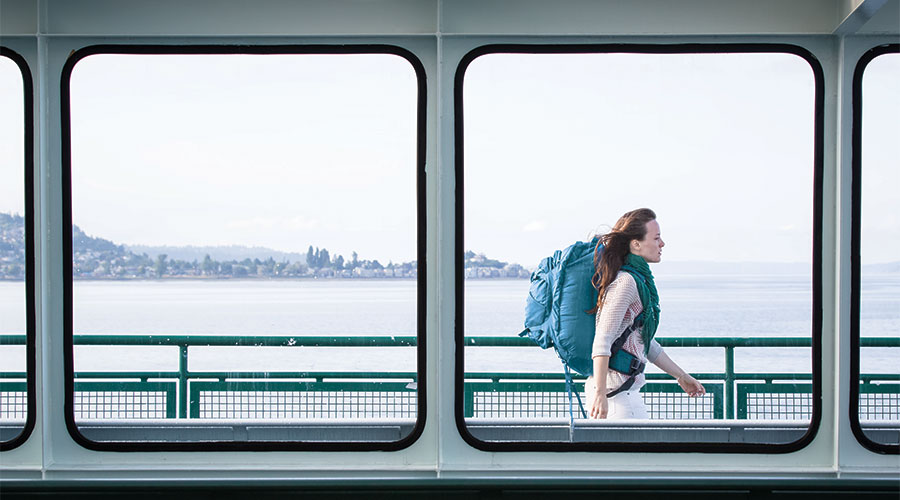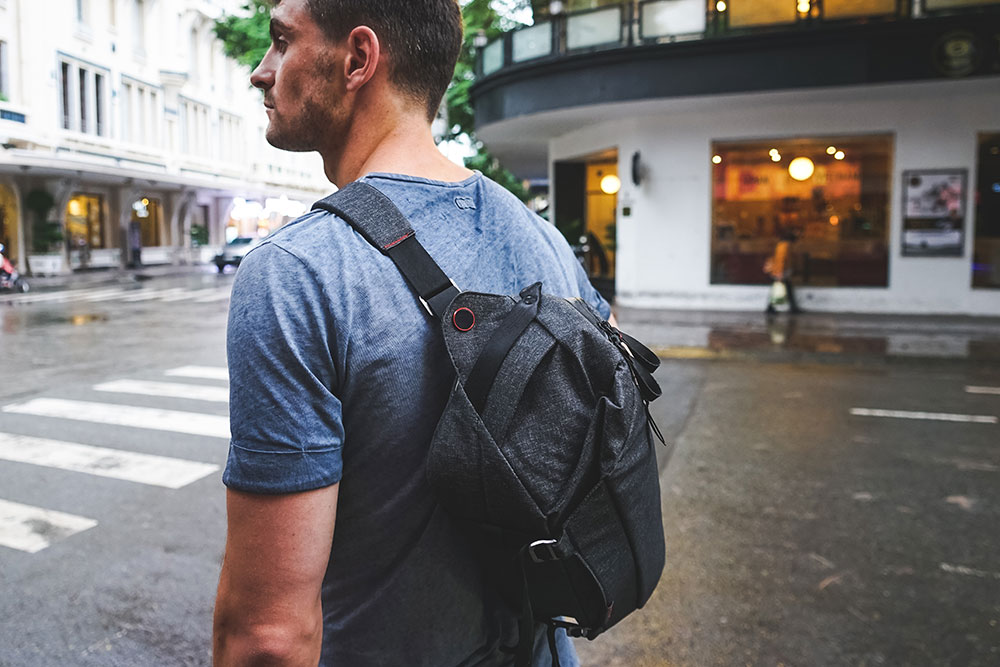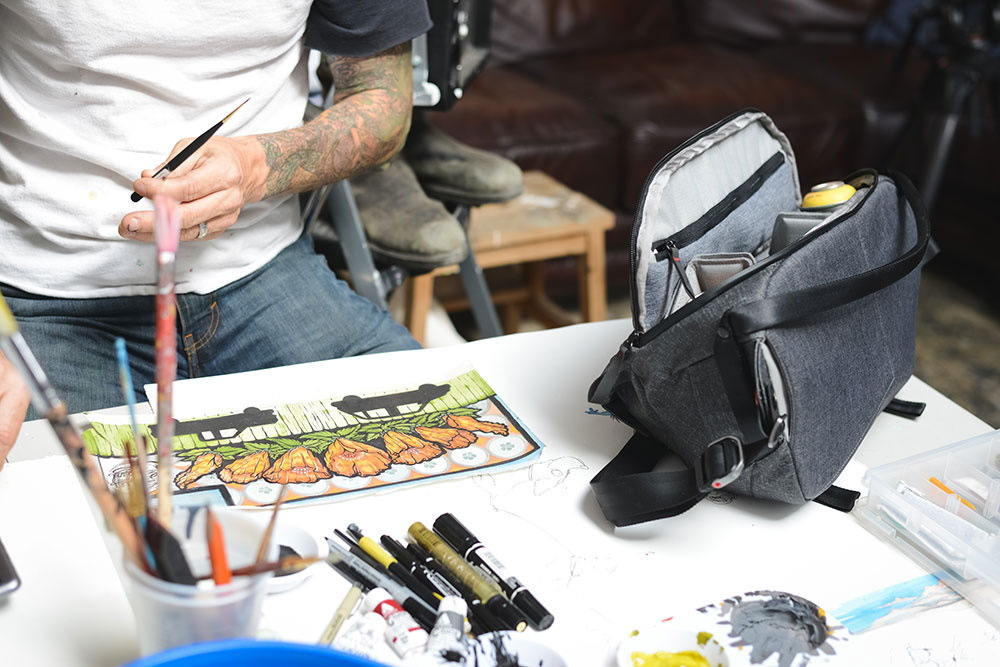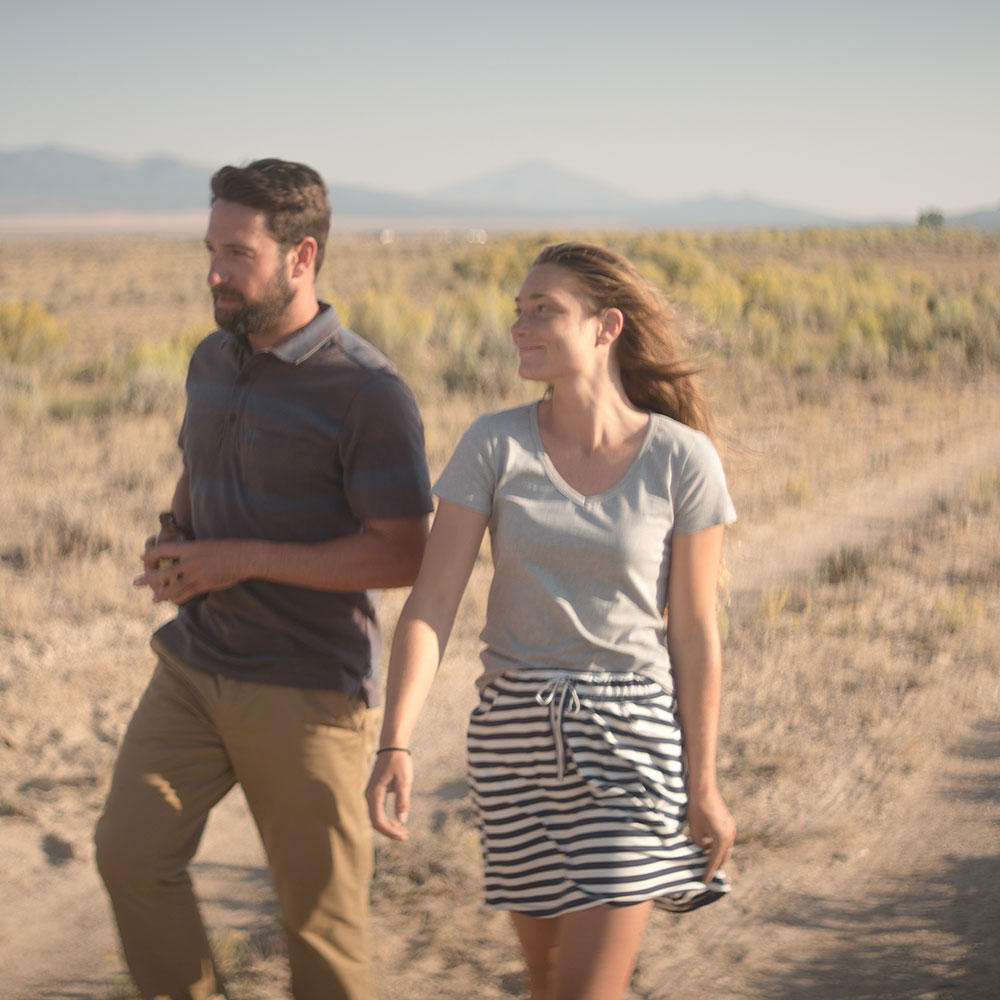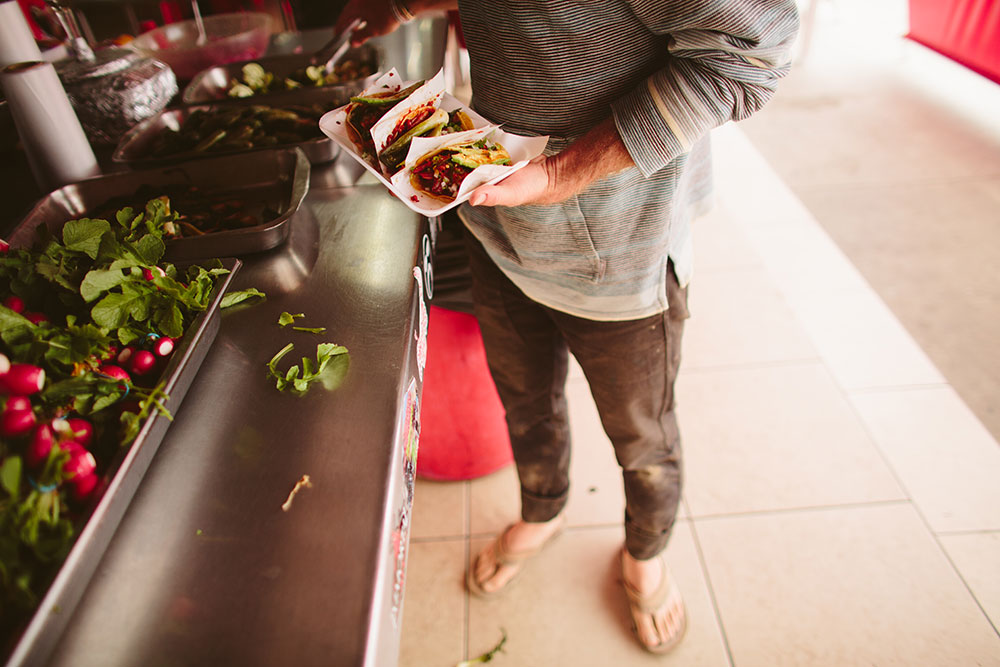Outdoor brands shake up the season’s traditional travel gear with lightweight, durable and style-driven pieces.
By Courtney Holden
Whether snapping pictures of big game on a Kenyan safari, backpacking along the rugged paths of Cinque Terra, road tripping across the United States or hiking through a national park, there are a lot of ways to interpret adventure travel.
But no matter the definition, one thing is clear: it’s on the rise. “People want to check exotic destinations off their bucket lists,” said Lauren Jones, marketing coordinator for Boulder, CO-based adventure travel company The World Outdoors. “They want to see the world and immerse themselves in new cultures, challenge themselves and take photos in the world’s most beautiful destinations.”
Statistics from the 2016 Adventure Travel Trade Association Industry Snapshot back up Jones’ statement. The data shows the industry is gaining ground, with North America-based adventure travel tour operators expecting revenue to be up 26 percent in 2016 compared to 2015. Costing an average of $448 per day and lasting generally five to nine days, consumers are showing a willingness to open their wallets to get the experience of a lifetime — and that includes spending the money to get perfect gear for their purposes.
It’s no wonder more outdoor companies are hopping on the adventure travel bandwagon. Wandering through the aisles at Outdoor Retailer Summer Market 2016, you likely saw the majority of apparel and pack companies offering something in this vein. Chris Horton, product line manager for Osprey Packs, explained why. Using lightweight attributes as an example, he described how the outdoor industry is situated to make a dent in the sales of more standard travel brands. “Lightweight became a priority for business travelers first, but the outdoor industry’s experience in lightweight technical gear has enabled us to do it better,” he said. Describing adaptability as a hallmark of the industry, he added, “We keep an eye on the mainstream luggage/business luggage for trends that should be adapted, reinvented or ignored for the outdoor consumer.”
Smooth Transitions
Arguably the most important characteristic of travel gear built to withstand trains, planes and automobiles is versatility. And it makes sense. The more ways a skirt or t-shirt can be worn, the less needs to be packed. “[The goal is to] minimize the number of pieces needed to cover the expected/anticipated activities on any given excursion,” said Timm Smith, chief marketing officer for Voormi. “This equates to less luggage, less complexity and more freedom to explore when you get there.” Not to mention lower baggage fees for air travel.
In apparel, this trait manifests in the ability products have to take you from day to night. Travel-worthy pieces must also be comfortable in a wide range of temperatures. As a result, fabrics like wool and organic cotton that breathe well and retain warmth are popular choices among travel brands.
Versatility is a must-have feature in packs as seen in the luggage varieties equipped with backpack straps. “Travel backpacks now are not only overnight bags, but they also have increased functionality, like doubling as duffel bags by having a duffel-style opening in addition to a backpack-style opening,” said Michael Meyer, senior director of design and development at Granite Gear. “This seems to be a continuing trend in the category because many travel and luggage consumers are on the search for the one travel bag that they can use for different types of travel.”
Brands are also touting the benefits of travel bags that convert to a smaller size. Dubbed “packables,” these luggage pieces fold and pack down easily, allowing travelers to bring them as daypacks or souvenir bags and then store with a minimum amount of space when not in use.
Durable Performance
Adventure travel gear also has to have the durability to withstand the rigors of the most demanding itinerary, as well as perform in a wide range of conditions. Apparel must hold up to repeated wear and wash testing, and dry quickly without wrinkles. “He/She needs something that can withstand the abuse of heavy shoulder straps, something that can be easily washed and refreshed while on the go and apparel that maintains its integrity across all the chaos that comes with modern travel,” said Vice President of Product for Ibex Outdoor Clothing James Fisher. “And it has to look as good at the end of the day as it did at the beginning.”
When designing clothing for warmer climates, brands opt for moisture wicking fabrics and enhanced breathability, namely polyester. Cooling technology also makes an appearance in many garments, with the effect achieved in a variety of ways. Ibex, for example, presents its new 140-gram merino/wool blend Lumen fabric, which has a “cooling touch” against the skin. Meanwhile, ExOfficio uses jade-infused wicking nylon fibers to absorb excess body heat and create a constant, cooling effect, and Toad&Co uses a heat- and light-reflecting polyester yarn that blocks UV rays, wicks moisture and cools the body by one to two degrees Celsius.
Given the wide range of packs and bags available to the consumer, adventure travel luggage companies are working to differentiate themselves with performance elements. Osprey’s Horton pointed to wheeled luggage as an industry staple, but trending these days is the quest to “design four wheeled luggage that can be more like a 4×4 truck instead of just an all-wheel drive sedan.” And Eagle Creek incorporates an antimicrobial treatment into its line of packs for 2016 to prevent odor-causing bacteria.
Features like strapping, webbing and bungees that tuck away to avoid being caught on baggage-claim carousels and plane seat armrests are another, subtler performance attribute. “We realize consumers who are outdoorsy need to travel to these outdoor landscapes, often by airplane, and need these mindful tuck-away features,” said Graham Allan, senior product designer for High Sierra.
Blending In
It seems strange to call “style” a trend in any category, but given the historic “adventure travel look” of head-to-toe khaki or the ever-popular unadorned black backpack, we’re going to go ahead and call out brands’ much-needed movement toward style-driven travel apparel and packs. “[Travelers] want to first be comfortable and feel like themselves,” said Toad&Co’s Senior Design Manager, Paige Harvey.
Designers have added wear-anywhere aesthetics to apparel. Simplicity is key, as are functional silhouettes and premium materials, explained Woolrich Vice President of Design Karuna Scheinfeld. Pieces must layer well together to offer multiple looks in many different temperatures.
In women’s apparel, mesh, lace and eyelet fabrics are gaining popularity because they are “classic, timeless looks that never go out of style and add breathability for warmer temps,” said Cassie Strid, product manager for Stonewear Designs. Men’s apparel, on the other hand, is rooted in the “trail to town” trend where button-downs take on performance attributes in both rugged and more refined settings.
Pack companies are also paying attention to design elements. “People are interested more in travel bags that blend function and style,” said Art Viger, industrial designer at Peak Design Ltd. “A classic gear duffel can look cool in all the right ways, but if it’s a pain to lug around and it lacks organization, then it probably won’t become a favorite piece.”
Look for packs with more polished colors like flint and floral tattoo designs, as well as stepped-up details like natural leather lash tabs and vegetable-tanned leather trim that add richness and urban flavor. People want to “jump off a plane with one or two bags and walk around town or head out for the night and not look overly ‘travel,” said Colorado-based Topo Designs Co-Founder and Creative Director Jedd Rose.
Lead photo courtesy Dan Holz for Osprey Packs

